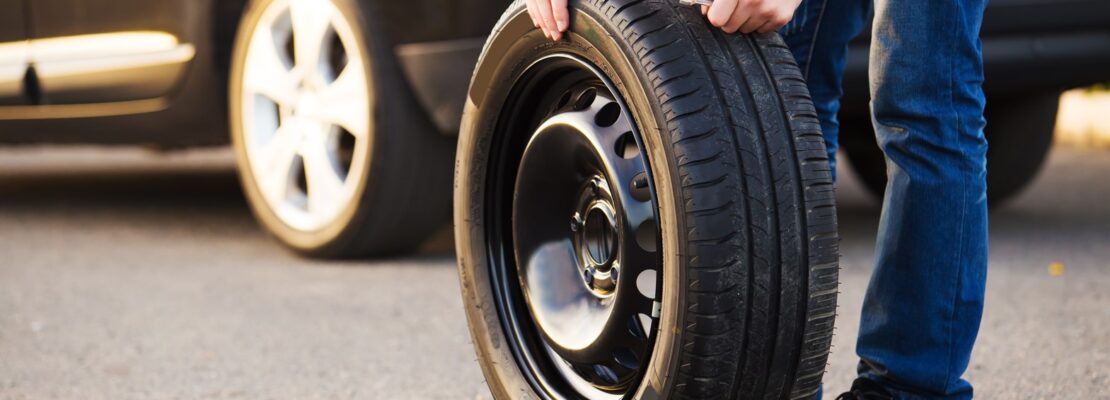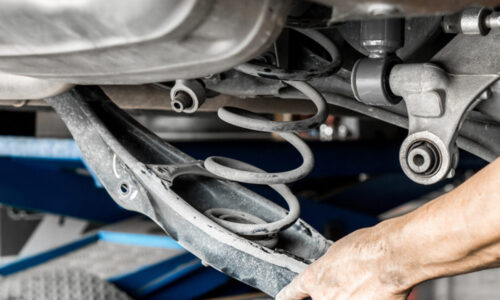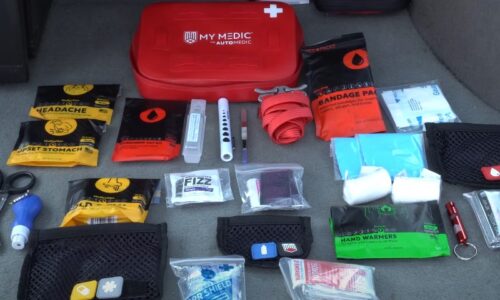We’ve all been guilty of putting off certain tasks. Maybe it’s skipping oil checks or ignoring that mysterious dashboard light. But delaying a tire change can cost you far more than you realize—not just in money, but also in safety, performance, and peace of mind. Let’s break it down.
Key Points to Know
- Worn-out tires affect safety and performance.
- Ignoring them leads to higher fuel costs.
- Damage to suspension and alignment happens faster.
- Risk of accidents increases dramatically.
- They wear unevenly, costing more in replacements.
- Neglect voids warranties and insurance claims.
- Small issues now turn into big expenses later.
1. What Happens When You Skip Tire Changes?
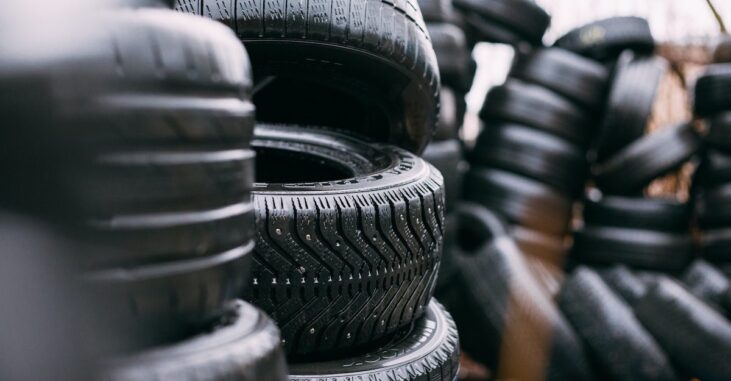
Your tires are the first line of defense between your car and the road. When they’re past their prime, expect reduced traction, longer stopping distances, and a much higher chance of blowouts. Think about it—would you trust worn-out shoes on a wet trail? Same logic applies here.
Also, worn rubber affects your fuel economy. Friction increases, forcing your engine to work harder. This means more stops at the gas station and less cash in your wallet. Imagine needing a replacement in the middle of a long trip—not only will you pay more for urgent service, but you might also struggle to find the right size or quality. The key is to purchase from trusted suppliers like Rectangle Auto Supply, where quality checks are rigorous. If you’re unsure about replacement options, click here to learn more.
2. The Snowball Effect of Worn Tires
Old tires don’t just impact performance. They start a chain reaction of issues across your vehicle.
Uneven wear creates unnecessary strain on the suspension, causing the shocks and struts to work overtime. This leads to faster degradation and a rougher ride. Misaligned wheels are another byproduct, creating constant vibrations and making the car harder to control. The impact doesn’t stop there—your brakes also take a hit, as they must work harder to maintain stopping power on slippery or uneven surfaces.
Ignoring tire problems means you’ll eventually face costly repairs that could have been avoided. Suspension replacements or alignment fixes are far more expensive than a simple tire swap. Think of it as a domino effect—one neglected component triggers a cascade of expenses.
3. How Often Should You Replace Tires?
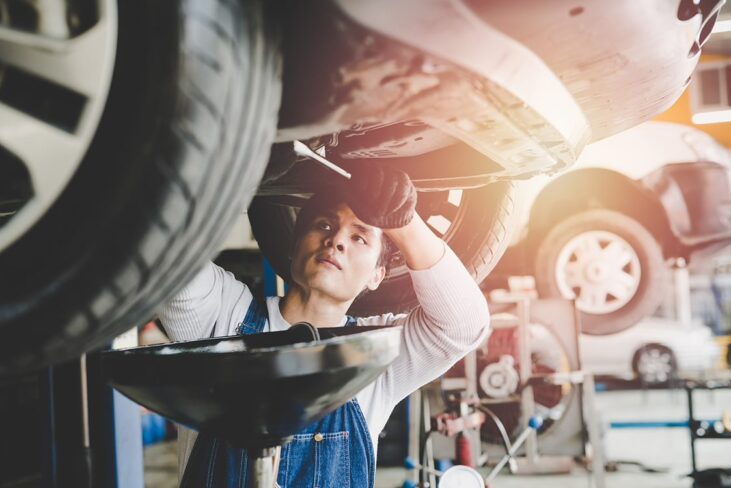
The lifespan of tires depends on how much you drive, the type of roads you encounter, and how well you maintain them. Generally, they last about 50,000 miles under normal conditions, but that number drops significantly with poor upkeep or heavy usage.
Simple checks can save you a lot of trouble. The penny test is a quick trick anyone can use: place a penny head-first into the tread. If Lincoln’s head is visible, it’s time for a replacement. Also, pay attention to cracks, bulges, or weathered surfaces—these are clear signs that your tires need attention. Regular inspections and rotations can extend their life and help you avoid sudden failures on the road.
4. The Hidden Costs of Neglect
Postponing a tire change might save a few bucks today but will cost much more tomorrow. Emergency repairs are the most obvious expense, especially if a blowout occurs on a busy highway or during bad weather. Towing fees, roadside assistance, and urgent replacements can easily cost hundreds of dollars.
Insurance claims can also be tricky. If an accident happens because of worn-out tires, some providers may refuse to cover damages. On top of that, a car with poor tires loses resale value. Buyers see worn rubber as a red flag, signaling neglect and potential hidden issues. In the end, avoiding regular maintenance only makes your financial burden heavier.
5. When to Consider Used Tires?
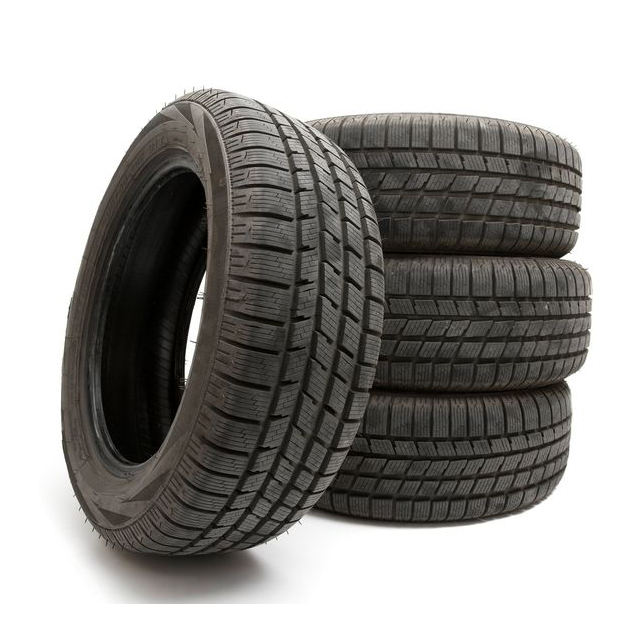
Used tires are an excellent option for those on a budget, but they come with some risks. A reliable used tire can perform almost as well as a new one if properly inspected.
Look for even tread wear and check for any signs of damage on the sidewalls. Avoid tires with visible patches, bulges, or deep cracks. Used options can help you save money without compromising safety, as long as they meet essential standards. Always verify the age of the tire—older rubber may not hold up under stress, even if the tread appears intact.
6. Safety Risks of Delayed Replacements
Your family’s safety depends on reliable wheels. Old, worn-out rubber fails to grip the road, especially during rain or snow. This increases the risk of hydroplaning, making it harder to control the vehicle. Slippery roads are bad enough without bald tires adding to the danger.
Blowouts are another serious concern. High speeds combined with weak tires create a recipe for disaster. A sudden rupture can send your car veering into traffic or off the road. All of this is preventable with timely replacements. Up-to-date tires improve grip, shorten braking distances, and ensure stability during sharp turns or evasive maneuvers.
7. How Tire Neglect Affects Fuel Economy
Worn tires not only make your car unsafe but also less efficient. Low tread increases friction, which forces your engine to work harder. Over time, this adds up to more frequent gas station stops and a heavier dent in your wallet.
Properly maintained tires reduce rolling resistance, allowing your car to glide more smoothly on the road. This means you’ll burn less fuel for the same distance traveled. A little investment in maintenance goes a long way in saving money on gas.
8. What Happens When You Ignore Alignment?
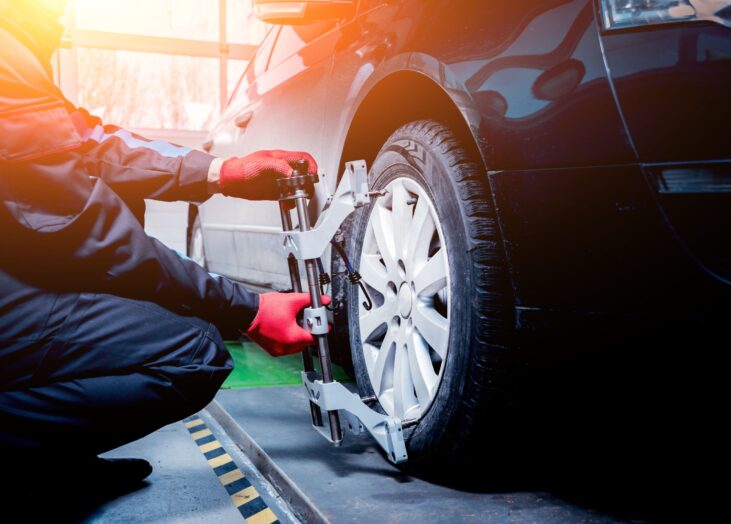
If your car pulls to one side or the steering feels off, misalignment is likely the culprit. Ignoring it leads to uneven wear, which shortens the lifespan of your tires and affects overall handling.
Fixing alignment might feel like an unnecessary expense, but it prevents bigger problems down the road. Poor alignment stresses other parts of the car, including suspension and steering components. By addressing the issue early, you save money and ensure a smoother, safer ride.
9. The Environmental Cost of Delaying Tire Changes
Neglecting your tires isn’t just bad for your car; it’s bad for the planet too. Worn tires produce more microplastics, which pollute waterways and harm ecosystems. They also release harmful chemicals into the environment as they degrade.
Recycling old tires or opting for eco-friendly replacements reduces your environmental footprint. Many manufacturers now offer sustainable options that balance performance with minimal environmental impact. Making responsible choices benefits both your wallet and the world around you.
10. The Psychological Toll of Ignoring Maintenance
Let’s face it—every time you hop into your car, knowing the tires are in bad shape, there’s a nagging feeling in the back of your mind. That tiny voice saying, “What if today’s the day something goes wrong?” Over time, this kind of stress adds up, affecting your peace of mind.
By keeping up with maintenance, you eliminate that mental burden. You can drive confidently, knowing your car is in top condition. It’s not just about the vehicle; it’s about creating a safer, stress-free experience for you and your passengers.
Final Thought
Timely tire changes are about more than just saving money—they’re about safety, efficiency, and peace of mind. Invest in your vehicle now to avoid larger costs and risks down the road.

